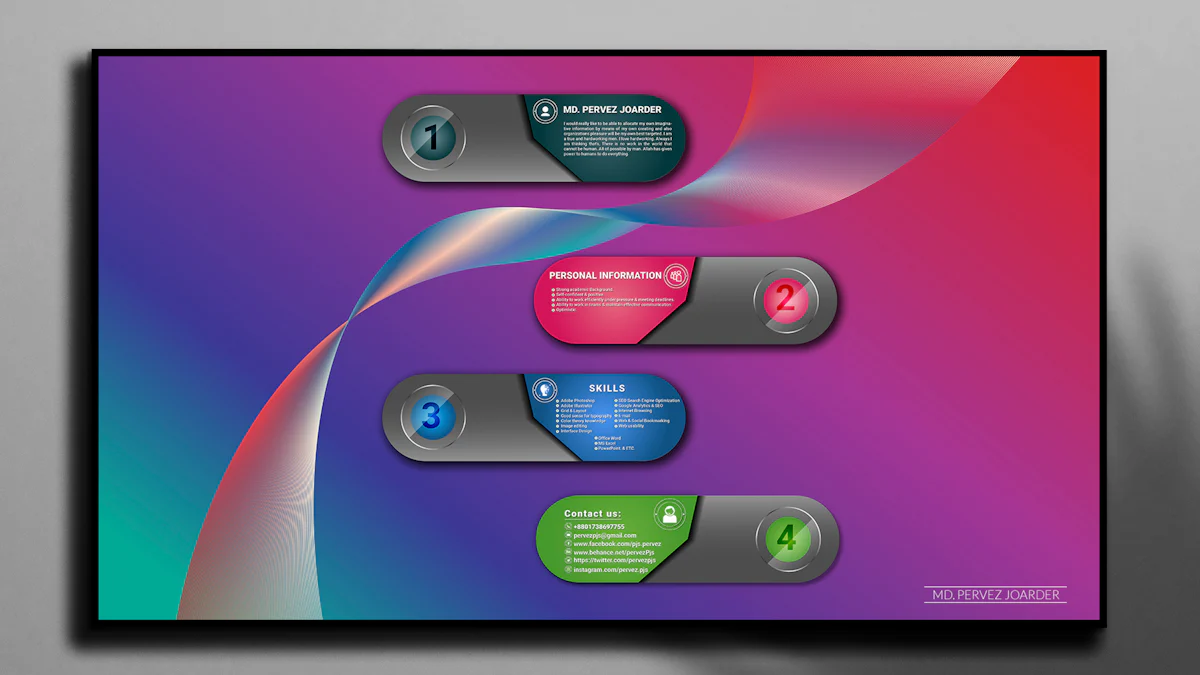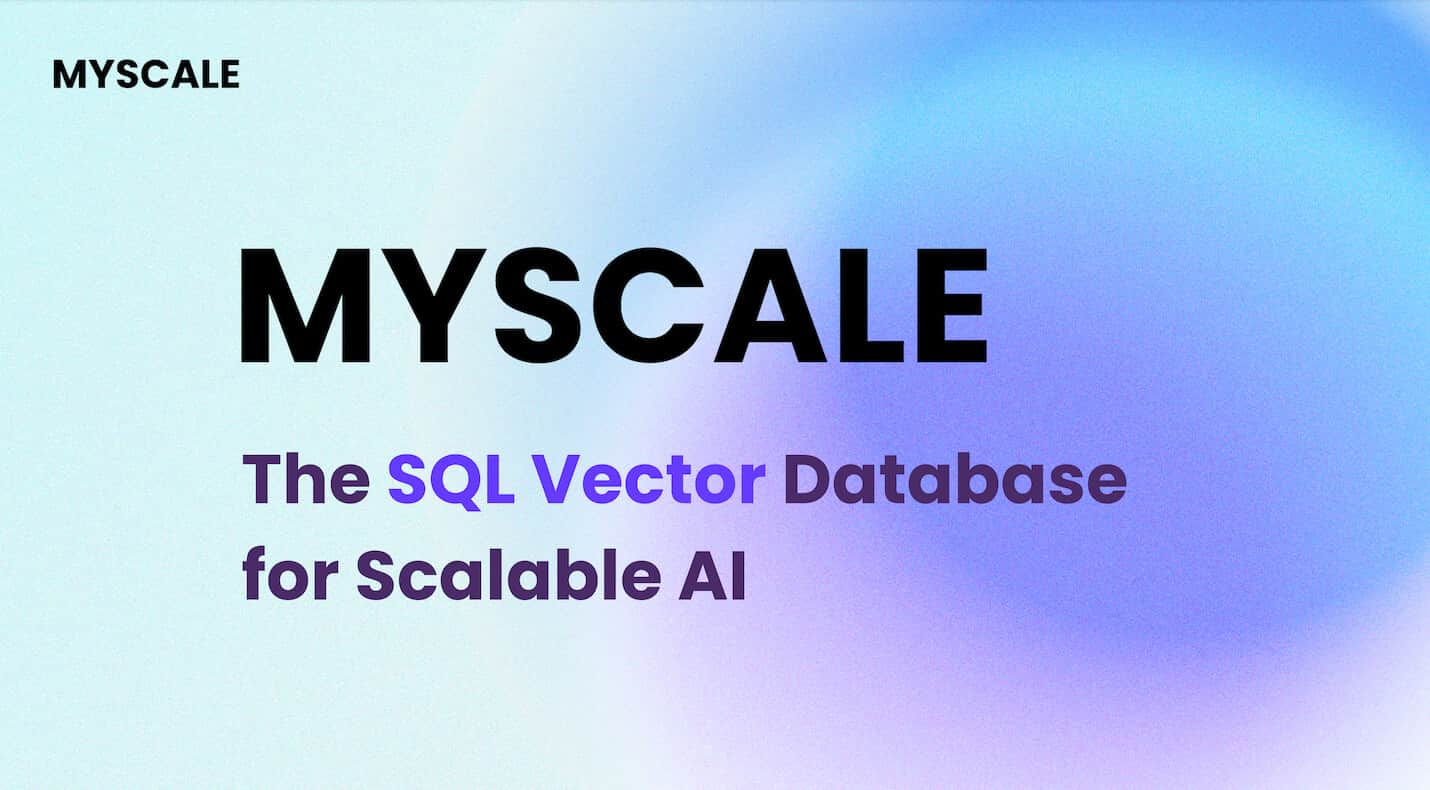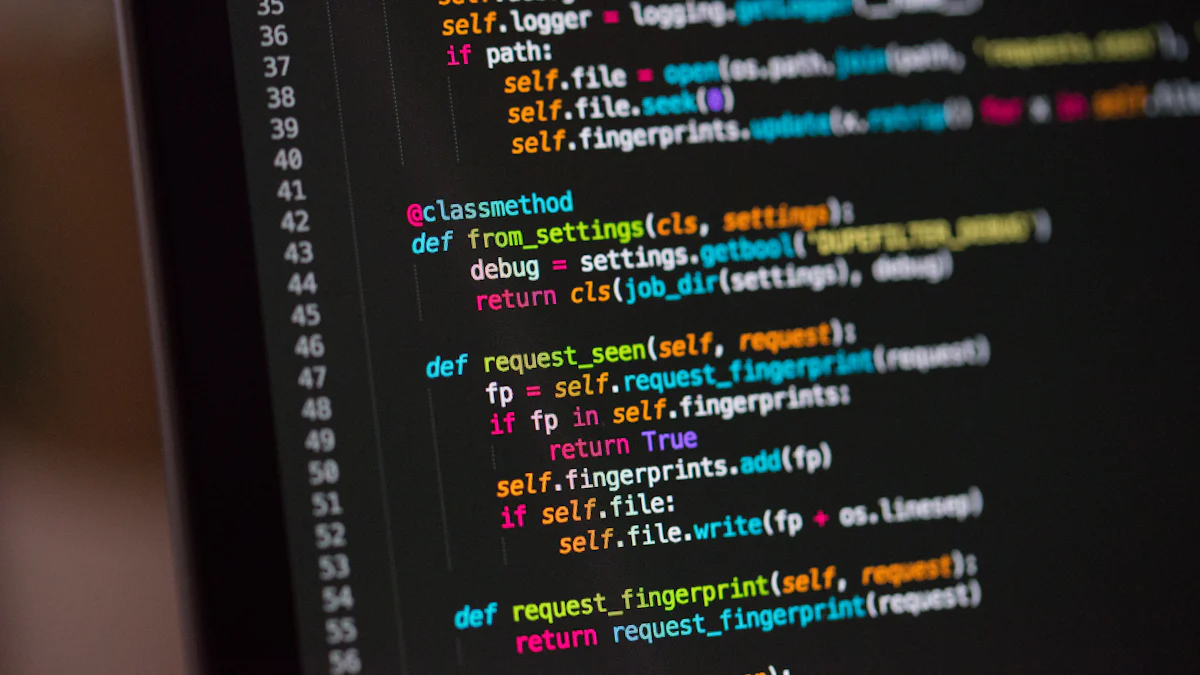# Introduction to CLIP (opens new window) and Its Magic on Hugging Face (opens new window)
When delving into the realm of CLIP (Contrastive Language–Image Pretraining) on Hugging Face, one encounters a groundbreaking fusion of text and image understanding. CLIP serves as an open-source, multi-modal, zero-shot model that revolutionizes the synergy between images and text. Trained on a vast dataset comprising around 400 million image-text pairs, this neural network (opens new window) showcases remarkable versatility across various transfer datasets and tasks.
The allure of Hugging Face lies in its democratization of computer vision, offering accessibility to individuals with minimal coding expertise. The implementation of OpenAI (opens new window)'s CLIP model within Hugging Face's transformers library empowers users with tools like the pre-trained model clip-vit-large-patch14. This amalgamation enables tasks ranging from image captioning (opens new window) to similarity search with unparalleled efficiency.
In essence, the marriage of CLIP's sophisticated architecture and Hugging Face's user-friendly interface heralds a new era in image-text interactions, promising a seamless experience for both novices and experts in the field.
# 1. Simplifying Image-Text Comparisons
# Understanding Image-Text Similarity
Understanding the intricate relationship between images and text is at the core of CLIP's transformative impact on image-text tasks (opens new window). By encoding images and text into a shared embedding space (opens new window), CLIP facilitates seamless comparisons between the two modalities. This process involves capturing the semantic essence of both images and text, allowing for direct similarity assessments without the need for explicit matching criteria.
The magic of CLIP lies in its ability to transcend traditional boundaries, enabling nuanced connections based on underlying concepts rather than surface-level features. This approach not only streamlines the comparison process but also enhances the depth of understanding between disparate modalities. As a result, tasks that demand holistic comprehension, such as image captioning and visual question answering, benefit immensely from CLIP's prowess in bridging the image-text gap.
# Real-World Applications
In real-world scenarios, the significance of accurate image-text comparisons reverberates across diverse domains. Consider applications like e-commerce product recommendations, where associating product descriptions with visual cues is paramount for enhancing user experience. CLIP excels in this context by deciphering subtle correlations between product images and textual attributes, thereby refining recommendation algorithms with unparalleled precision.
Furthermore, in medical imaging diagnostics, where textual reports accompany complex visual data, CLIP emerges as a game-changer by facilitating rapid analysis through seamless integration of image and text inputs. Its zero-shot classification capabilities empower healthcare professionals to make informed decisions based on comprehensive assessments that amalgamate visual evidence with textual insights.
In essence, CLIP's prowess in simplifying image-text comparisons transcends theoretical frameworks to catalyze practical advancements across industries reliant on cohesive interpretation of multimodal information.
# 2. Enhancing Zero-Shot Image Classification
# The Basics of Zero-Shot Learning (opens new window)
Zero-shot learning is akin to a superpower in the realm of machine intelligence. Imagine teaching a model to recognize objects it has never seen before simply by describing them. This futuristic concept underpins zero-shot learning, where algorithms learn to generalize across diverse categories without explicit training examples. In simpler terms, it's like imparting the ability to identify a new breed of dog just by explaining its characteristics, even if the model has never encountered that breed during training.
# CLIP's Role in Zero-Shot Classification
CLIP emerges as a beacon of innovation in the domain of zero-shot image classification. By leveraging its robust pre-training on vast image-text datasets (opens new window), CLIP transcends conventional models' limitations by excelling at recognizing novel classes without specific supervision. This prowess stems from CLIP's unique architecture, which equips it with a nuanced understanding of semantic relationships between images and text.
In practical terms, CLIP revolutionizes zero-shot classification on Hugging Face through its adaptability and generalization capabilities. Unlike traditional models constrained by predefined classes, CLIP can flexibly extend its knowledge to new categories based on underlying similarities encoded during training. This flexibility not only enhances accuracy but also reduces the need for exhaustive labeled data sets (opens new window), making it an invaluable asset for diverse machine learning projects.
# Impact on Machine Learning Projects
In my exploration of CLIP for zero-shot classification tasks, I witnessed firsthand its transformative impact on project outcomes. The ability to classify images without extensive labeled samples opened doors to innovative applications across various domains. From enhancing content recommendation systems to advancing medical diagnostics through image analysis, CLIP's versatility and accuracy have the potential to reshape the landscape of machine learning endeavors.
# 3. Facilitating Easy Fine-Tuning (opens new window)
Fine-tuning stands as a pivotal phase in the realm of machine learning, where models undergo specialized adjustments to cater to specific tasks' nuances. The process of fine-tuning holds immense significance as it tailors pre-trained models like CLIP to exhibit enhanced performance and accuracy in targeted applications.
# The Importance of Fine-Tuning
Fine-tuning serves as the linchpin for unlocking the full potential of pre-trained models like CLIP. By fine-tuning, practitioners can adapt these models to grasp intricate task intricacies, thereby optimizing their functionality for diverse real-world scenarios. This customization ensures that CLIP aligns its understanding with the unique demands of each task, enhancing its efficacy and relevance.
# How CLIP Simplifies Fine-Tuning
CLIP on Hugging Face streamlines the fine-tuning process, offering users a seamless experience characterized by user-friendly interfaces and efficient workflows. Leveraging Hugging Face's platform, fine-tuning CLIP models becomes an intuitive endeavor, empowering users to modify model parameters with ease. This simplification expedites the adaptation of CLIP to varied tasks, eliminating unnecessary complexities and reducing time investments typically associated with fine-tuning procedures.
# A Personal Fine-Tuning Experience
Embarking on a school project that required image-text classification, I ventured into the realm of fine-tuning a CLIP model on Hugging Face. The journey commenced with selecting a pre-trained CLIP variant suited for my task's scope and dataset requirements. Through iterative fine-tuning iterations and parameter adjustments guided by Hugging Face's comprehensive documentation, I witnessed firsthand how personalized tweaks enhanced the model's accuracy in discerning nuanced relationships between images and text.
# Conclusion: Reflecting on the Power of CLIP
As we gaze into the horizon of image-text tasks, the symbiotic relationship between CLIP and Hugging Face unveils a realm brimming with transformative potential. The future holds promises of unprecedented advancements in multimodal understanding (opens new window), underpinned by the fusion of cutting-edge technology and user-centric platforms.
# The Future of Image-Text Tasks
In envisioning the trajectory ahead, it becomes evident that Hugging Face's commitment to democratizing AI through accessible tools will continue to huggingface shape the landscape of image-text interactions. Leveraging the amalgamation of CLIP's prowess and Hugging Face's intuitive interface, users can anticipate a paradigm shift in how they navigate complex tasks requiring seamless integration of images and text.
# Predictions and hopes for the future of CLIP and Hugging Face
Looking forward, one envisions a scenario where CLIP's adaptability transcends existing benchmarks, ushering in an era where zero-shot learning becomes not just a possibility but a standard practice. By harnessing the vast reservoir of text-image pairs (opens new window) available online, CLIP on Hugging Face is poised to redefine traditional learning methods by emphasizing conceptual understanding over rigid classification boundaries. This evolution holds the promise of revolutionizing diverse domains, from healthcare diagnostics to e-commerce personalization, heralding a future where image-text tasks are no longer bound by constraints but propelled by limitless innovation.




